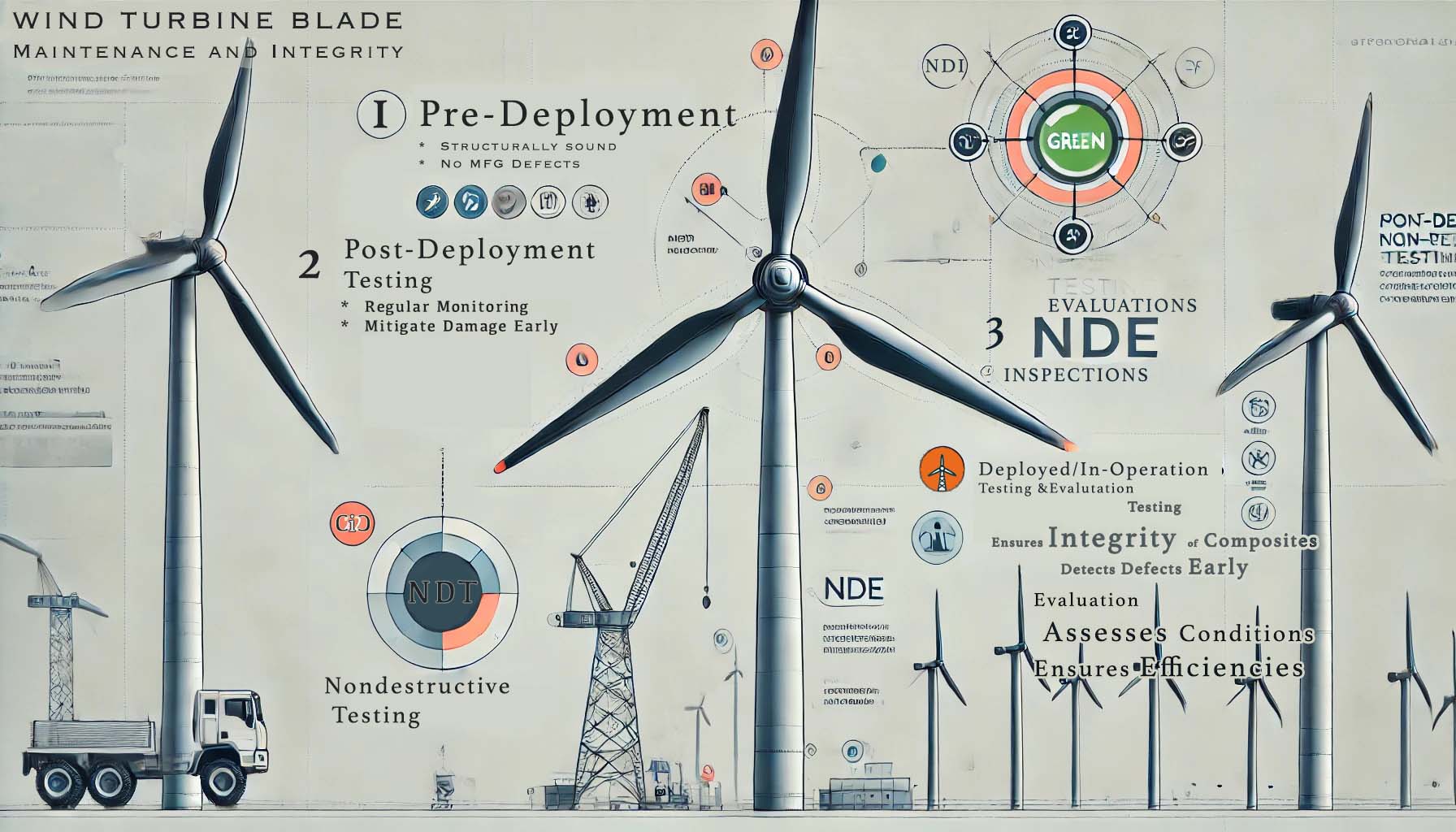Good News in Renewable Energy
Good news from the wind industry, thanks in part to wind turbine blade maintenance, at least as far as the data shows for the United States. According to the US Energy Information Administration, in the five years from 2019 to 2024, in March and April specifically, electricity production using wind power has almost doubled, significantly outdoing generation from coal-fired power plants in the US.
Wind vs. Coal Power Production Data
Data shows wind produced about 25.8 GWh in March 2019 and 29 GWh in April 2019, jumping to 45.9 and 47.6 GWh in March and April of this year, respectively. In that same period, coal-produced electricity dropped from about 80 and 60 GWh in March and April of 2019, down to roughly 38.3 and 37.2 GWh in 2024.
This represents a substantial 28% increase in wind power production compared to coal for those two months in 2024 versus 2019. Charting monthly data from the US Energy Information Administration (EIA) over the last 22 years shows a significant decline in coal-fired energy alongside a steady rise in wind energy.
Impact of Other Energy Sources
However, when other energy sources are included, the overall picture is less favorable; an increase in natural gas-fired plants has largely offset the decline in coal. While cleaner-burning than coal, natural gas is mostly methane, which has a potent greenhouse effect (over 80 times stronger than CO2 over 20 years). Methane can leak during drilling and transportation and is often vented or flared during operations.
Conversely, many natural gas-fired plants can be converted to burn green hydrogen, offering a potential pathway to decarbonization that coal-fired plants do not have.
Broader Energy Landscape
Examining the broader energy landscape, we see that fossil fuels still dominate. However, clean energy sources—nuclear, hydro, wind, and solar—are gradually increasing their share despite some challenges, such as the cement used in hydroelectric dams, which can take decades to offset their initial carbon footprint.
Significance of the Shift Towards Clean Energy
With electricity demands continually rising, renewable sources are becoming critical for powering our technology-dependent lives with minimal environmental impact. This July, record-setting high temperatures in the United States have driven electricity consumption to new highs, particularly for air conditioning.
On July 7th, 2024, Death Valley, California, reached a scorching 129°F (53.9°C), just shy of the highest temperature ever recorded on Earth. Las Vegas, Nevada, set a new record of 120°F (48.9°C) on the same day, and Palm Springs, California, recorded 122°F (50°C) the following day.
The shift to clean energies like wind, solar, hydroelectric, geothermal, and ocean energy is essential to reduce reliance on fossil fuels, which take millions of years to replenish and contribute significantly to global CO2 emissions.
Wind Turbine Blade Maintenance & Integrity
Critical to the success of wind energy is the maintenance and monitoring of wind turbine blades through comprehensive non-destructive testing (NDT) and non-destructive evaluation (NDE). These methods are essential for ensuring the integrity and reliability of composite materials used in wind turbine blades. They include pre-deployment checks, deployment inspections, and regular maintenance to monitor blade health and detect potential issues early.
- Pre-deployment checks: Ensure that wind turbine blades are free from manufacturing defects and structurally sound before installation.
- Deployment inspections: Monitor the blades during installation and early operation.
- Post-deployment maintenance: Includes regular inspections and health monitoring to address wear and tear, damage, or structural issues over time.
Ensuring the reliability and longevity of wind turbine blades through rigorous NDT and NDE practices maximizes energy production, reduces the risk of costly failures, and enhances the overall efficiency of wind energy systems.
Role of CICNDT
CICNDT, a global Composites Inspection and Consulting Non-destructive Testing company provides critical direction for maintaining wind farms already producing energy. CICNDT specializes in performing condition assessments and repairing issues before they become catastrophic, ensuring optimal performance and longevity of wind turbine blades. With their expertise, CICNDT helps wind farms operate efficiently and safely, contributing to the growth of renewable energy and a cleaner future.
Current Energy Production
Currently, about 60% of all electricity produced in the US comes from fossil fuels. While the increase in wind power production is a positive step, much work remains to transition to a more sustainable energy future.
Comprehensive Wind Turbine Blade Inspection and Repair Services
Ensure the structural health and reliability of your wind turbine blades with our comprehensive inspection and assessment services. We identify and address known problem areas with immediate onsite repairs. Our services are available both on land and offshore, supporting the evolving needs of the wind energy industry. Contact us today to arrest potential issues early. Reach out to us directly via this link or through our webpage form, Let’s Work Together, with your inquiry. CICNDT will promptly prepare a response and get back in touch with you immediately.


